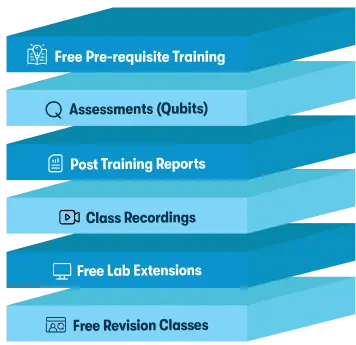We're open through the holidays to support your upskilling goals — book your session today!
We're open through the holidays to support your upskilling goals — book your session today!
Unable to find what you're searching for?
We're here to help you find itCreo Parametric Course Overview
Creo Parametric certification validates proficiency in using Creo Parametric, a powerful CAD (Computer-Aided Design) software utilized by engineers and product designers. The certification demonstrates an individual's capability to efficiently model, simulate, and analyze design concepts in a 3D environment. Industries like automotive, aerospace, and consumer goods leverage Creo Parametric for its robust features in product development cycles, including assembly modeling, part creation, and drawing generation. Certified users can enhance design accuracy, expedite time-to-market, and foster innovation by employing advanced techniques, such as parametric and direct modeling, to address complex engineering challenges and streamline the product development process.
Purchase This Course
USD
View Fees Breakdown
| Course Fee | 2,150 |
|
Total Fees |
2,150 (USD) |
USD
View Fees Breakdown
| Course Fee | 1,700 |
|
Total Fees |
1,700 (USD) |
USD
View Fees Breakdown
| Flexi Video | 16,449 |
| Official E-coursebook | |
| Exam Voucher (optional) | |
| Hands-On-Labs2 | 4,159 |
| + GST 18% | 4,259 |
|
Total Fees (without exam & Labs) |
22,359 (INR) |
|
Total Fees (with Labs) |
28,359 (INR) |
Select Time
Select Date
| Day | Time |
|---|---|
|
to
|
to |
♱ Excluding VAT/GST
You can request classroom training in any city on any date by Requesting More Information
Inclusions in Koenig's Learning Stack may vary as per policies of OEMs
Scroll to view more course dates
You can request classroom training in any city on any date by Requesting More Information
♱ Excluding VAT/GST
*Inclusions in Koenig's Learning Stack may vary as per policies of OEMs
Suggestion submitted successfully.
Koenig Learning Stack
Inclusions in Koenig's Learning Stack may vary as per policies of OEMs


